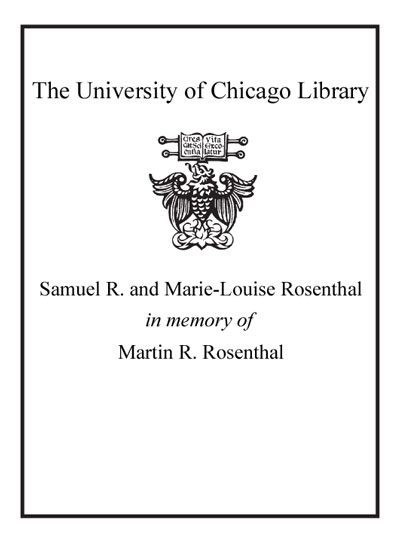The gilded page : the secret lives of medieval manuscripts /
| Author / Creator: | Wellesley, Mary, 1986- author. |
|---|---|
| Edition: | First edition. |
| Imprint: | New York : Basic Books, 2021. ©2021 |
| Description: | ix, 340 pages, 16 unnumbered pages of plates : color illustrations ; 25 cm |
| Language: | English |
| Subject: | |
| Format: | Print Book |
| URL for this record: | http://pi.lib.uchicago.edu/1001/cat/bib/12640691 |
| Summary: | A breathtaking journey into the hidden history of medieval manuscripts, from the Lindisfarne Gospels to the ornate Psalter of Henry VIII "A delight--immersive, conversational, and intensely visual, full of gorgeous illustrations and shimmering description." -Helen Castor, author of She-Wolves Medieval manuscripts can tell us much about power and art, knowledge and beauty. Many have survived because of an author's status--part of the reason we have so much of Chaucer's writing, for example, is because he was a London-based government official first and a poet second. Other works by the less influential have narrowly avoided ruin, like the book of illiterate Margery Kempe, found in a country house closet, the cover nibbled on by mice. Scholar Mary Wellesley recounts the amazing origins of these remarkable manuscripts, surfacing the important roles played by women and ordinary people--the grinders, binders, and scribes--in their creation and survival. The Gilded Page is the story of the written word in the manuscript age. Rich and surprising, it shows how the most exquisite objects ever made by human hands came from unexpected places. "Mary Wellesley is a born storyteller and The Gilded Page is as good as historical writing gets. This is a sensational debut by a wonderfully gifted historian." --Dan Jones, bestselling author of The Plantagenets and The Templars |
|---|---|
| Physical Description: | ix, 340 pages, 16 unnumbered pages of plates : color illustrations ; 25 cm |
| Bibliography: | Includes bibliographical references and index. |
| ISBN: | 9781541675087 1541675088 9781541675094 |

